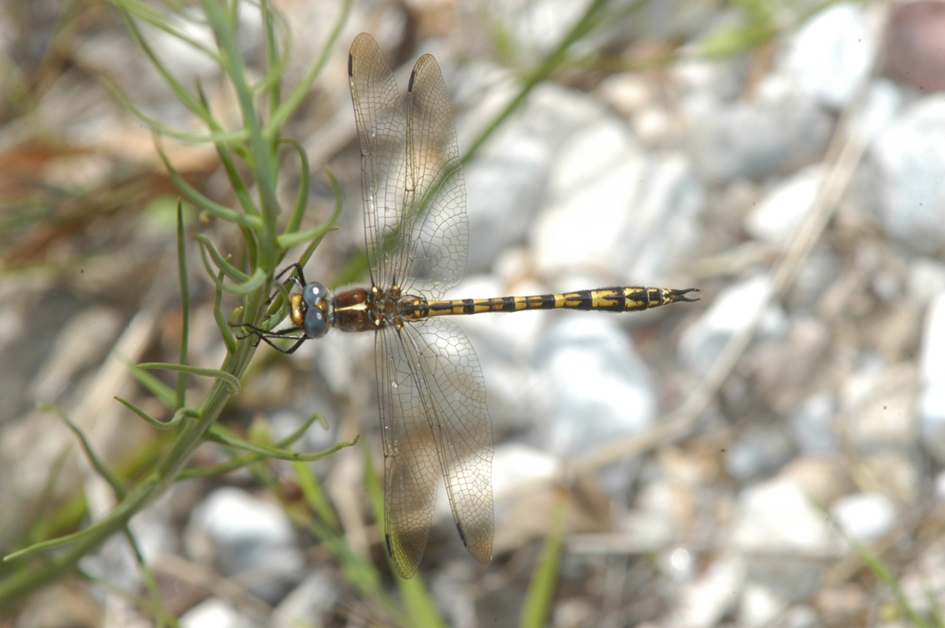22 July 2010 | By Prof. Michael Samways
Invasive alien trees pose a very significant threat indeed to freshwater invertebrates, especially endemic species, in the biodiversity hotspot of the Cape Floristic Region. Among these invertebrates are dragonflies, which are highly sensitive to changes in habitat, especially the adverse effects of alien invasive trees. However, with removal of these trees there can be a very rapid and substantial recovery of this endemic fauna, as well as that of other, more geographically widespread, species. The reason for this is that these alien trees are a key threat, and identification of this threat, and removal of it, has a direct beneficial effect on biodiversity, and as such, feeds directly into the 2010 conservation target of maintaining biodiversity at its current level.
In a paper just published in the journal Conservation Biology, C·I·B core team member Professor Michael J. Samways and colleagues demonstrated exactly such adverse impact of alien invasive trees on the riparian ecosystems, by examining the dragonfly assemblages after a large-scale restoration along five rivers in the Cape Floristic Region. Study sites were classified as natural indigenous riparian vegetation, invasive alien trees (mostly Acacia mearnsii) and cleared (restoration sites after the removal of the alien trees). Twenty three dragonfly species were found in their study, and the species assemblage differed significantly among these three categories of sites, with invaded sites having much lower species richness. Two national endemics (Allocnemis leucosticta and Pseudagrion furcigerum) were identified as ecological indicators to monitor the return of overall integrity of riparian ecology.

The work further examined the relationship between species assemblage patterns and environmental variables, which enables the authors to provide practical recommendations for (riparian) ecosystem restoration:
- Rehabilitate natural vegetation so that habitat heterogeneity and plant diversity will provide for both stenotopic and eurytopic species;
- Protect highly biologically diverse areas from alien invasion;
- Prevent fragmentation and isolation of populations, particularly within catchments, and optimize re-colonization potential by removing alien plants and preventing their regrowth;
- Monitor the condition of rivers on the basis of dragonfly assemblages, especially rare, endemic, and indicator species.
This study underscores the potential of using assemblages of dragonflies to evaluate post-clearing recovery of the fauna and to identify areas for protection or clearing on an on-going basis.
Read the paper: Samways, M.J. & Sharratt, N.J. 2010. Recovery of endemic dragonflies after removal of invasive alien trees. Conservation Biology 24: 267-277.
